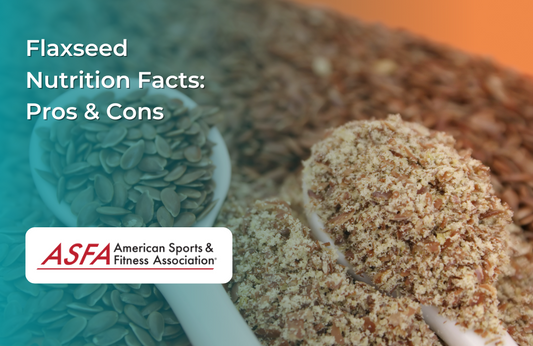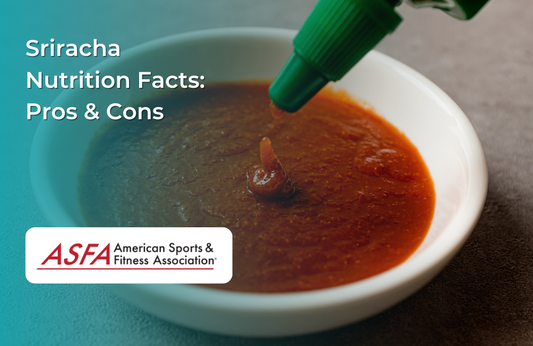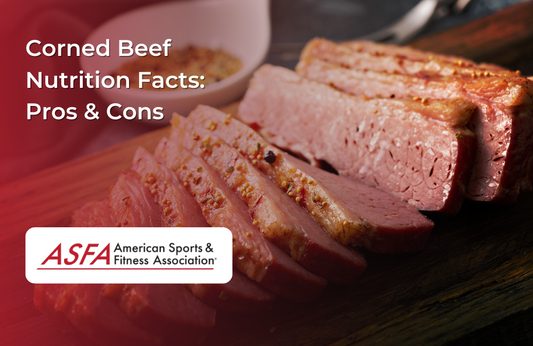Sriracha is a popular hot sauce made from chili peppers, vinegar, garlic, sugar, and salt. It adds a spicy kick to various dishes and contains some beneficial compounds from its ingredients. However, its sodium and sugar content should be considered when using it regularly.
Sriracha Nutrition Facts, Pros and Cons (Per One Teaspoon)
-
Calories: 5
-
Protein: 0g
-
Carbohydrates: 1g
-
Sugar: 1g
-
Fat: 0g
-
Sodium: 100mg
-
Vitamin C: Small amounts present
Introduction to Sriracha Hot Sauce
Sriracha hot sauce is a beloved condiment known for its spicy and tangy sweet taste. Originating from Thailand, this spicy sauce has gained worldwide recognition for its unique flavor and versatility in various cuisines. Made from a blend of chili peppers, vinegar, garlic, sugar, and salt, sriracha sauce offers a distinctive flavor profile that enhances many dishes. Whether used as a dipping sauce for Vietnamese pho, a marinade for grilled meats, or a topping for noodles, sriracha hot sauce adds a delightful kick to any meal.
Pros of Sriracha
Low in Calories
-
Contains very few calories per serving, making it a flavorful, low-calorie addition to meals
Contains Capsaicin from Chili Peppers for Potential Health Benefits
-
Chilli peppers and hot chilli peppers provide capsaicin, which may help boost metabolism and support fat oxidation
-
Capsaicin may have anti-inflammatory properties and contribute to pain relief
Adds Flavor Without Extra Fat
-
Enhances the taste of food without adding fats or unhealthy oils
-
Can help reduce the need for high-calorie condiments like mayonnaise or creamy dressings
Provides Small Amounts of Antioxidants
-
Contains garlic and chili peppers, both of which have antioxidant properties
-
May support immune function and digestion in small amounts
Cons of Sriracha
High in Sodium
-
Contains a significant amount of sodium per serving, which can add up if used frequently
-
Excessive sodium intake can contribute to high blood pressure and water retention
Contains Added Sugar
-
Includes sugar as an ingredient, which may be a concern for those monitoring sugar intake
-
While one teaspoon contains only one gram of sugar, frequent use can increase total intake
Can Cause Digestive Sensitivity
Spicy foods can lead to acid reflux or stomach discomfort in some individuals.
May irritate the digestive system for those with acid reflux or sensitive stomachs. Additionally, eating sriracha can exacerbate symptoms of acid reflux and gastrointestinal discomfort due to its spiciness and acidity.
Special Dietary Considerations for Sriracha Consumption
While sriracha hot sauce can be a flavorful addition to your meals, there are some dietary considerations to keep in mind. For individuals with high blood pressure, the high sodium content in sriracha sauce can be a concern, as excessive sodium intake may exacerbate the condition. Additionally, those with acid reflux or digestive issues might find that the chili peppers in sriracha sauce can irritate the stomach and worsen symptoms. Pregnant women and individuals with sensitive stomachs should also approach sriracha sauce with caution. However, for most people, enjoying sriracha sauce in moderation can be a healthy and delicious way to spice up their meals.
Using Sriracha in Moderation
While sriracha hot sauce can be a tasty and healthy condiment, it’s important to use it in moderation. Consuming large amounts of sriracha sauce can lead to an overload of sodium and sugar in your diet. Additionally, the high acidity of sriracha sauce can potentially erode tooth enamel and irritate the digestive tract if consumed excessively. To enjoy the health benefits of sriracha sauce, use it as a flavor enhancer rather than a primary ingredient. Start with small amounts and adjust to taste, and consider pairing sriracha sauce with other healthier foods to balance out the flavor.
Sriracha in Different Cuisines
Sriracha hot sauce has become a staple condiment in various cuisines around the world. In Vietnamese cuisine, sriracha sauce is often used as a dipping sauce for pho, noodles, and grilled meats. In Thai cuisine, sriracha sauce is a popular marinade for grilled chicken and fish. In Mexican cuisine, sriracha sauce adds a spicy kick to tacos and grilled meats. In American cuisine, sriracha sauce is frequently used as a condiment for burgers, sandwiches, and grilled meats. The versatility of sriracha sauce makes it a favorite among chefs and home cooks alike, and its unique flavor profile has made it a staple in many different cuisines.
Conclusion
Sriracha is a low-calorie, flavorful condiment that contains capsaicin and antioxidants, making it a great option for adding spice and depth to meals without extra fat. However, its sodium and sugar content should be monitored, especially for those watching their salt intake or prone to digestive issues. Using moderation and pairing it with whole, nutrient-dense foods ensures the best balance.
FAQs
Is Sriracha good for weight loss?
Yes, in moderation. Its capsaicin content may slightly boost metabolism, but its sodium and sugar content should be considered.
Can Sriracha cause acid reflux?
Yes, spicy foods, including spicy sauces, can trigger acid reflux or stomach irritation in some individuals.
How much Sriracha is safe to eat?
Using small amounts (one to two teaspoons) occasionally is unlikely to cause issues, but excessive intake may increase sodium and sugar consumption.
Is there a healthier alternative to Sriracha?
Homemade hot sauces using fresh chili peppers, vinegar, and garlic without added sugar or excessive sodium can be a healthier alternative.
Does Sriracha have any nutritional benefits?
It contains small amounts of capsaicin and antioxidants from chili peppers and garlic, but the overall nutrient content is minimal.





